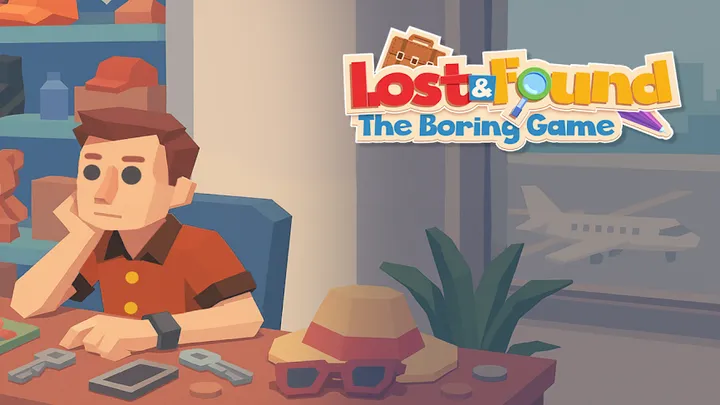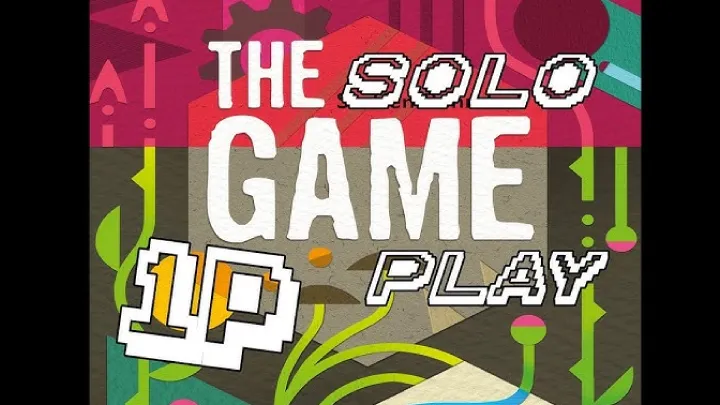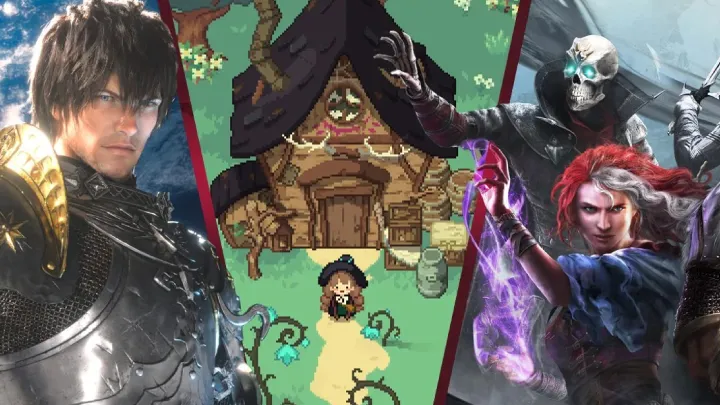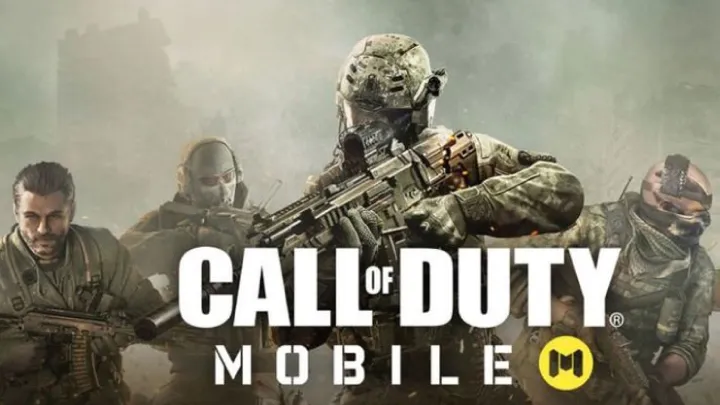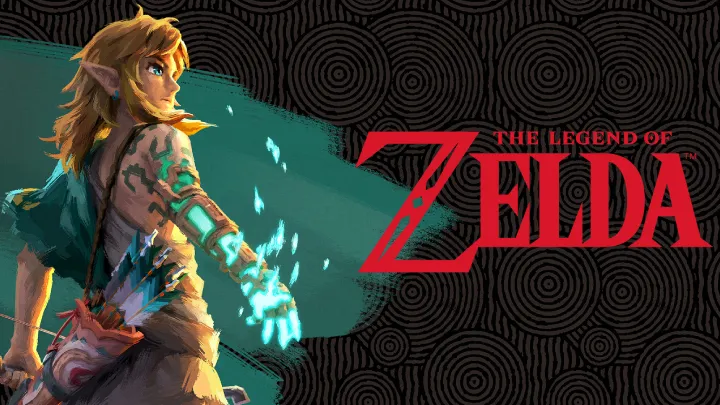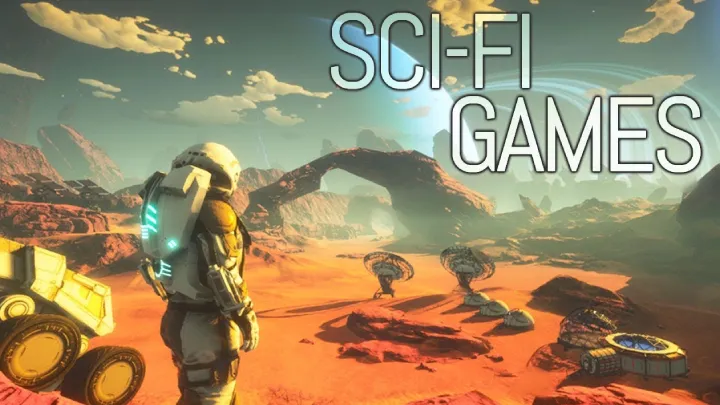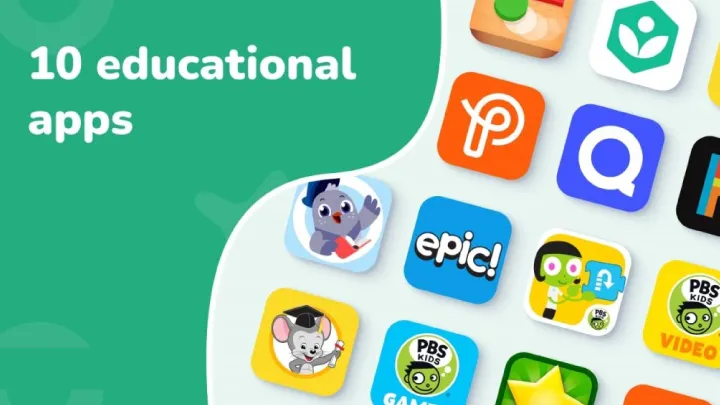Introduction
Launched in 2017, The Legend of Zelda: Breath of the Wild (BotW) redefined what players expect from an open-world game. Shattering conventions, it invited players into a living, breathing world filled with mystery, freedom, and discovery. Departing from linear progression, BotW encouraged curiosity—climb any peak, explore any valley, and create your own adventure.
This article delves deep into how Breath of the Wild became a masterpiece. We’ll explore its design philosophy, mechanics, world-building, emotional storytelling, cultural impact, challenges, and legacy. Whether you’re a long-time Zelda fan or discovering Hyrule for the first time, this journey shows why Breath of the Wild remains unforgettable.
1. Reimagining Open-World Freedom
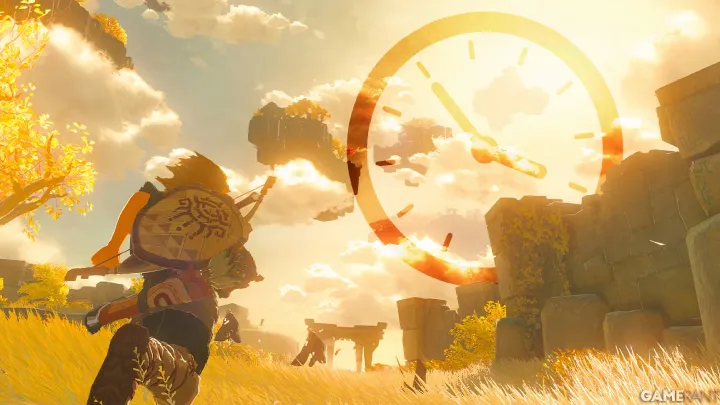
A World Defined by Exploration
From the first steps outside the Temple of Time, BotW presents something radical: a world without artificial borders. You can climb any surface, glide from lofty peaks, and explore at your own pace. This absence of pace-setters allows genuine, player-driven discovery.
The Physics of Play
Innovative physics and chemistry systems empower experimentation. From creating updrafts with fire to using magnetism or wind to move objects—players are encouraged to solve puzzles creatively rather than follow rigid solutions.
2. Mechanics That Embrace Player Creativity
Multi-Use Runes
At the core are the four Runes—Magnesis, Stasis, Cryonis, and Remote Bombs. These tools transform ordinary objects into solutions. Need a shortcut? Launch yourself with Stasis and a slope. Turn mundane metal debris into stepping stones with Magnesis.
Dynamic Combat & Cooking
Combat isn't just swinging a sword—it's about adapting. Use wind, fire, or shields creatively. Cooking food adds strategic layers: craft meals that restore health or grant elements like fire resistance, enabling exploration in harsh environments like Death Mountain.
3. A World That Breathes and Survives
Varied Biomes with Purpose
From lush forests to scorching deserts, environments in BotW are more than backdrops—they challenge players. Cold drains health, high winds disrupt arrows, and storms can extinguish lanterns. Survival isn’t optional—it’s integral.
Wildlife and Reactive Ecosystems
Wildlife isn't just scenery. Wolves hunt deer; fire spreads; rain destroys camps. Everything interacts. It’s not just a world that looks alive—it responds, evolves, and challenges the player organically.
4. Minimalist Design, Maximum Storytelling
Environmental Storytelling
Instead of cutscenes, BotW tells stories through ghost towns, toppled guardians, and shattered temples. Player encounters are earned, not given, making discoveries feel personal and emotionally heavy.
Emotional Depth Without Text
The game communicates through space and design. Standing before a broken shrine or abandoned race lodges, players feel history without a word spoken—purely by thoughtful detail.
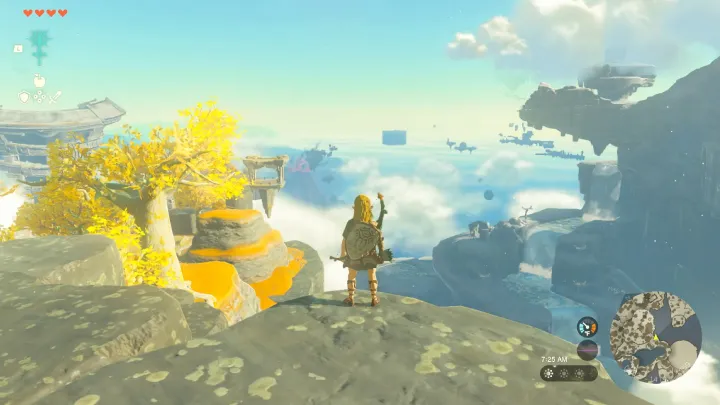
5. The Sheikah Slate: A Tool of Agency
Intuitive UI Meets World Building
The Sheikah Slate delivers a clean, intuitive interface for map, camera, and Runes. It integrates seamlessly—never pulling players out of the world.
Towers, Shrines, and the Spirit of Discovery
Climb any tower, reveal parts of the world, then shrink down onto unexplored terrain. Shrines, hidden by puzzle or environment, invite willingness to climb, search, and question.
6. Harmonizing Music and Atmosphere
A Soundtrack That Serves the World
Unlike traditional orchestral scores, BotW favors ambient piano and minimalist tones that accentuate silence and isolation. Emotional themes emerge sparingly—when they matter most.
Audio as Storytelling
A cold plateau carries an airy echo; rolling fields hum. Without fanfare, wind and music punctuate emotion, reminding players Hyrule is both peaceful and haunted by its past.
7. Redefining What a Zelda Game Can Be
A Departure from Legacy
BotW reinvented series staples. Dismantling dungeons into Shrines and Divine Beasts gave freedom and variety. The simplified interface and physics-based puzzles were bold departures that paid off.
Inspired By, Inspiring New Generations
Following BotW, numerous games adopted its design tenets: player-led exploration, minimalist UI, interactivity, and ambient storytelling. Its influence echoes in titles far beyond the series.
8. Challenges Faced—and Overcome
Technical Hurdles
Running on a hybrid console, BotW contended with wind sensitivity, hardware limits, and framerate concerns—yet preserved its sprawling vision effectively.
Balancing Freedom with Narrative
Without forced plot points, narrative clarity depends on player choice. Yet the emotional cohesion of characters like Zelda and the scope of Calamity Ganon prove that freedom and storytelling don’t have to clash.
9. Cultural Impact and Legacy
A Touchstone in Gaming
Breath of the Wild earned universal acclaim and Foundational Game status. It reignited enthusiasm for the series and raised expectations for open-world design.
Active Modding and Community
Mods like “Second Wind” (adding NPCs) and “Master Mode” variants (harder difficulty) expand its life cycle. Art, cosplay, speedruns, and fan lore keep the community vibrant.
10. What Comes Next: Carrying the Torch
Echoes in Sequels
The announced sequel, Tears of the Kingdom, builds on BotW’s groundwork—darker tone, vertical exploration, new abilities—yet the design DNA remains.
Industry Influence
The principles BotW prioritized—freedom, experimentation, minimal UI, environmental storytelling—continue inspiring developers worldwide. A generation of open-world games now seeks player agency first.
Conclusion
The Legend of Zelda: Breath of the Wild isn’t just a great game—it’s a revision of how open-world experiences are built and appreciated. Through seamless freedom, compelling mechanics, emotional resonance, and design bravery, it transformed expectations. Players didn’t just move through Hyrule—they felt its weight, its people, and its stories.
More than six years later, Breath of the Wild remains a masterclass. Whether you scale its cliffs again or see its influence in other games, its legacy is clear—this is what open-world gaming can become when creativity, restraint, and imagination converge.







